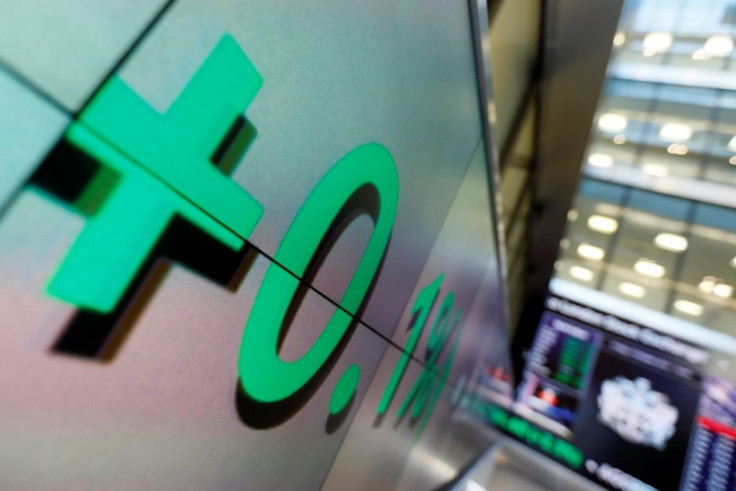Global credit outlook 'stabilising' but weakness still persists in certain sectors
Oil and gas, retail and restaurants show greatest sign of downgrades, report notes.

After a number of ratings downgrades, global credit markets continued to stabilise in the third quarter of 2017, according to a new report.
Research by S&P Global Ratings suggests negative bias – i.e. the proportion of issuers with negative rating outlooks or ratings on the agency credit watch with negative implications – sank to multi-year lows last quarter.
All developed economies are currently showing lower-than-average downgrade potential, while emerging markets are experiencing elevated downgrade potential in the Eastern Europe, Middle East, and Africa (EEMEA) region and Latin America, the ratings agency said.
Overall, S&P downgraded 173 global corporate and sovereign issuers in the third quarter of 2017 accounting for $1trn (£757bn) in rated debt.
It also upgraded 113 companies accounting for $376.3bn in rated debt. More than half of the rating actions - both upgrades and downgrades - were on US-based issuers.
S&P said the outlook for global credit markets remains favourable as credit conditions remain satisfactory. Risk pricing and volatility are low, and geopolitical risks, though perennial, have receded.
Diane Vazza, head of fixed income research at S&P, said: "Globally, oil and gas, financial institutions, and retail and restaurants continue to show the greatest likelihood of downgrades, while upgrade potential remains limited to the metals and mining, aerospace and defence, auto, and forest products and building materials sectors."






















